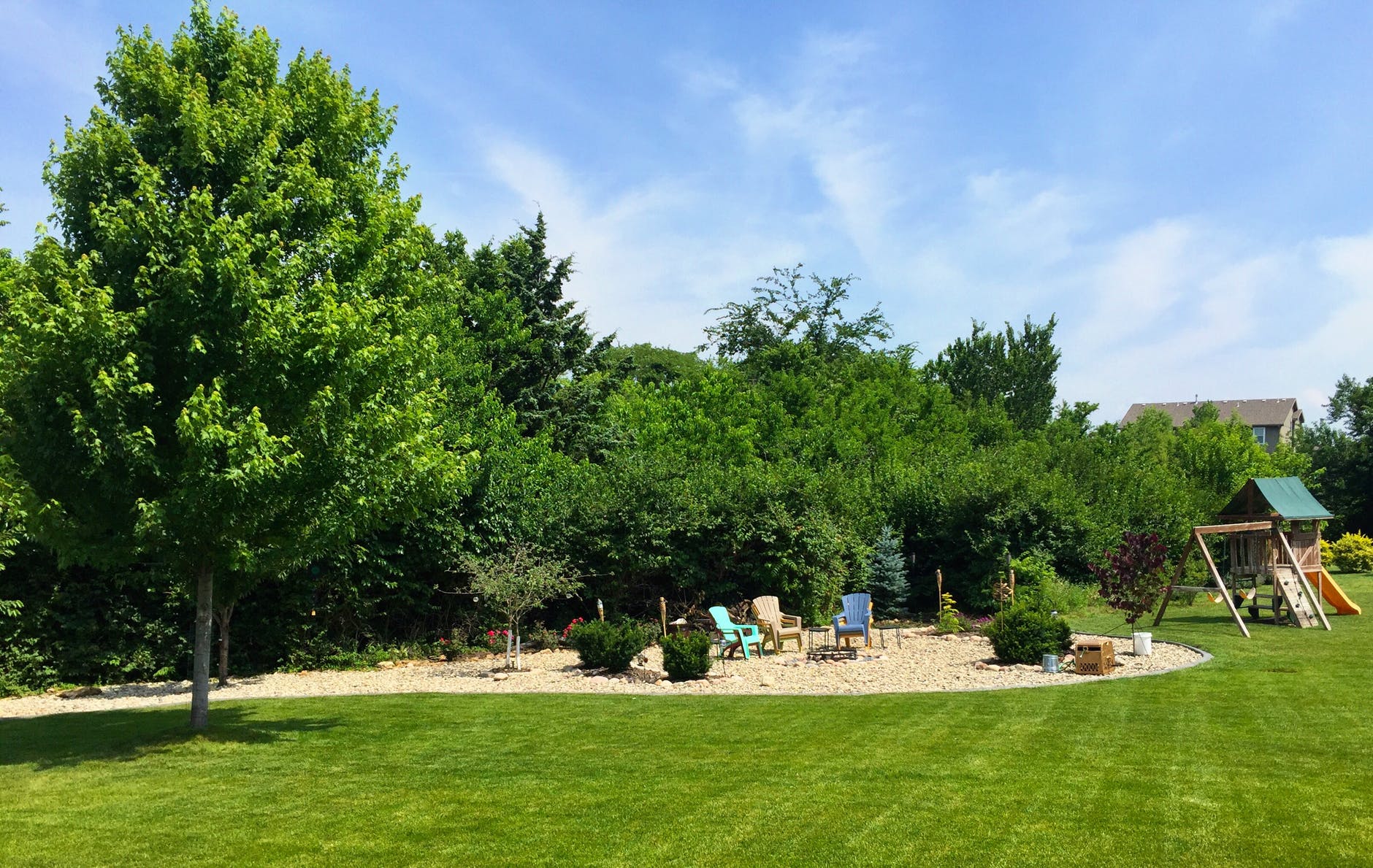
Many of us live closer to our neighbors than we’d like — and sometimes the view leaves a bit to be desired. Fences may make good neighbors, but they are rarely a beautiful feature in the landscape. A well-placed shrub or hedgerow can mean the difference between feeling overexposed or tucked away in your own secret garden.
From structural plants to clever construction, there are countless ways to achieve the desired effect. Here are some simple tips on how to landscape your yard for privacy in Virginia Beach.
Identify Your Needs
The first step in landscaping for privacy is to pinpoint the exact areas where you want to shielf from prying eyes. Perhaps you long to enjoy coffee on the patio without having to see your neighbor’s garbage bins. Maybe you dislike the fact that people can see into your kitchen windows at night when the lights are on.
Consider every area that needs screening, and then measure to determine how tall a plant will have to be to provide the privacy you want. If your planting area is minimal, consider options such as a pergola or vertical trellis with vining plants instead.
Do Research
Resist the urge to head to the plant section at the home and garden store and make an impulse buy. Instead, take a little time to create a list of the plants that you favor for your property. The Virginia Cooperative Extension has assembled a lengthy list of problem-free shrubs well-suited to Virginia Beach.
Make sure you choose plants that are able to thrive where you need them. If the planting area is partly shaded, don’t choose a plant that needs full sun.
Go Big or Wait a While

Sure, the plants in one-gallon pots are less expensive. But even under the best circumstances, you might be waiting a couple of years until they grow big enough to provide privacy screening. It will cost more, but buying fewer, larger plants will make an immediate impact.
Regardless of the size of the shrub you buy, plant with the mature size in mind.
Extension Specialist at Virginia Tech Dr. Laurie Fox emphasizes this point. “Plant and install plants according to their mature sizes.” says Fox, who has expertise in urban water quality and stormwater management and teaches classes on sustainable landscape design.
She adds, “Shrubs should be planted so that their canopies touch, but are not competing for space.” She recommends planting shrubs that grow to 4 feet wide, 4 feet apart on center.
Be Aware of Maintenance
While some people love an untamed “English garden” style, others prefer a more-manicured landscape.
Before you install a hedge or large shrub, make sure you know what kind of maintenance it will require to look the way you want it to. If the idea of maintaining your Virginia Beach landscape by standing at the top of a 15-foot ladder with hedge trimmers sounds like no fun, select a species that maintains a natural shape.
Seasonal Vs. Year-Round Screening
If you desire privacy year-round, make sure you select plants that are evergreen and will keep their foliage through winter. Once again, evergreens will also help minimize the raking you’ll have to do each fall.
But exercise caution. Many evergreen trees will become massive and dense over time, blocking the light and views from windows. If you only want seasonal screening — say, around a porch or patio during the warm months — you can use some wonderful ornamental plants to do the job. Forsythia is a fast-growing shrub with show-stopping spring blooms. Viburnums are beautiful, hardy shrubs that flower in spring and offer rich color in fall.
Select for Special Characteristics
Select screening plants that will serve more than one purpose. Hollies or hawthorns can provide year-round screening and deter pets or people from entering certain areas. However, they should not be used in areas where children play, as their thorns and barbs can cause injury.
Many screening plants provide colorful flowers, unusual foliage, picturesque bark, or a wonderful fragrance. Still, other shrubs and trees add habitat and food sources for wildlife, from pollinators to hummingbirds.
Use Planters for Movable Screening
Trees planted in containers are a perfect compromise for those who rent their homes or for homeowners who aren’t quite sure what they want to plant. Small trees or shrubs in containers can provide instant screening and are a good way to “test drive” a plant in a particular location. Citrus trees perform beautifully in containers and are easy to move indoors during colder months. One important thing to remember about growing in planters is that the trees will need to be watered more frequently than plants in the ground.
Build Structures for Vines to Climb

Not everyone has the real estate required to plant trees and shrubs for screening. If you’re dealing with a tight space and limited planting area, consider building a structure such as vertical trellis or pergola to form a base for climbing vines. Passionflower, clematis, and coral honeysuckle will offer fragrant blooms as well as screening, and Virginia creeper will glow crimson in fall.
Regardless of the technique you use to create privacy on your property, you’ll be glad you did. Do it right, and you can expect years of peaceful patio time without ever seeing another eyeful of your neighbor’s overflowing trash bin again.
Talk to a Virginia Beach landscaping expert if you need help selecting plants for your landscape. LawnStarter can connect you with passionate lawn care and landscaping pros with helpful advice.




